Scientists are concerned about the potential impacts of microplastics on reproductive health after finding ‘significant concentrations’ of them in human testicular tissue. This alarming finding heightens concerns about the possible effects of plastic pollution on male fertility read more
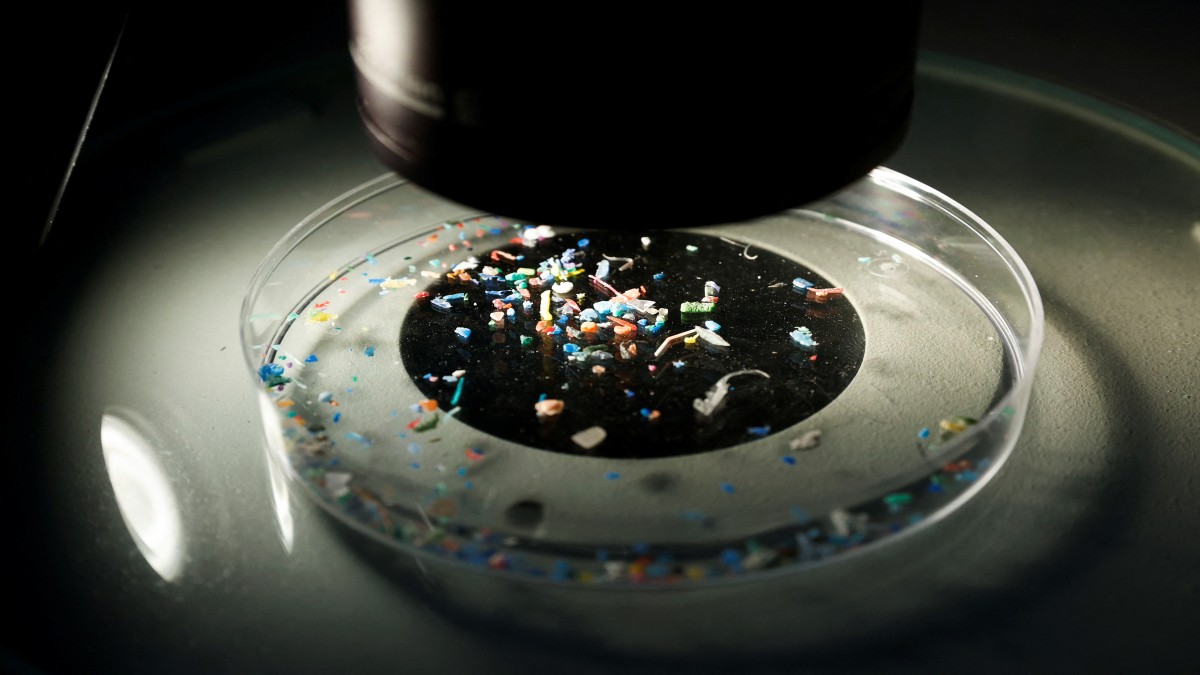)
Microplastics refer to any plastics that is less than five millimetres (0.2 inches) in length. Reuters
The world “is drowning under the weight of plastic pollution, with more than 430 million tonnes of plastic produced annually,” a report by the United Nations said last year.
Microplastics ripple through ecosystems and end up entering human and animal bodies through food and water.
Scientists are concerned about the potential impacts of microplastics on reproductive health after finding “significant concentrations” of them in human testicular tissue.
This alarming finding heightens concerns about the possible effects of plastic pollution on male fertility.
The study was published in the journal Toxicological Sciences.
Here’s all we know about it.
The study
A team of researchers from the University of New Mexico examined 46 canine tissue samples from private veterinarian clinics and animal shelters in the City of Albuquerque, as well as anonymised postmortem tissue from 23 human testes provided by the New Mexico Office of the Medical Investigator.
All analysed samples included microplastics, with an average concentration of 122.63 microgrammes per gramme in dogs and 329.44 microgrammes per gramme in people.
“At the beginning, I doubted whether microplastics could penetrate the reproductive system (at all),” Xiaozhong “John” Yu, a professor at the University of New Mexico’s College of Nursing and leader of the study, said in a statement to The Guardian.
“When I first received the results for dogs I was surprised. I was even more surprised when I received the results for humans.”
The relation between microplastics and infertility
Subsequent analysis of the dog samples revealed a correlation between reduced sperm counts and higher amounts of PVC, one type of plastic, in the testis tissue.
Yu told The Guardian, “The plastic makes a difference — what type of plastic might be correlated with potential function. PVC can release a lot of chemicals that interfere with [sperm production] and it contains chemicals that cause endocrine disruption.”
“These findings highlight the pervasive presence of microplastics in the male reproductive system in both canine and human testes, with potential consequences on male fertility,” they write.
To confirm how these plastics may impact human sperm production, additional research is necessary.
“We have a lot of unknowns. We need to really look at the potential long-term effect,” Yu said.
He added, “We don’t want to scare people. We want to scientifically provide the data and make people aware there are a lot of microplastics. We can make our own choices to better avoid exposures, change our lifestyle and change our behaviour.”
According to research released by the National Library of Medicine, microplastics have been identified as a “significant” possible cause of male infertility.
Additionally, a different National Library of Medicine study noted that microplastics “have caused widespread male reproductive abnormalities in mice making them a potential hazard” because of their effect on rodent fertility.
The dangers of microplastics
Microplastics refer to any plastics that is less than five millimetres (0.2 inches) in length.
From the polar ice caps to mountain peaks, microplastics ripple through ecosystems and find their way into drinking water and food.
They are so tiny that they can easily pass through the digestive system and lungs, entering the bloodstream directly, and from there to organs, including the brain and heart.
They can also cross the placenta into the bodies of unborn babies.
The finding is concerning since the mixture of chemicals included in these microplastics has been demonstrated to interfere with the body’s normal hormone release, raising the possibility of reproductive issues and some types of cancer.
Additionally, the surface of them may contain heavy metal toxins.
According to a June 2023 study that was reported in the US News and World Report, the average person consumes around the same amount of these microplastics each week as a credit card, so it makes sense that they would be discovered within our bodies.
The latest study highlights the widespread presence of the contaminants in the wake of previous findings that microplastics were discovered in mice’s brains after just four weeks of exposure.
In every human placenta analysed, plastic from bottles and bags was discovered by recent research published in the Proceedings of the National Academy of Sciences.
A worrying study revealed that a typical water bottle had a quarter of a million plastic particles in it.
Sperm counts affected
Sperm quality appears to be declining around the world.
In 2022, a review of global trends in sperm count by Hagai Levine, professor of epidemiology at the Hebrew University of Jerusalem and his collaborators showed that sperm counts fell on average by 1.2 per cent per year between 1973 to 2018, from 104 to 49 million per millilitre.
From 2000, this rate of decline accelerated to more than 2.6 per cent, as per BBC.
Sperm counts in the United States have decreased by 50 per cent in the last 50 years, as per Newsweek.
The researchers think that this loss may be partly attributed to the presence of these microplastics.
Notably, male infertility contributes to approximately half of all cases of infertility and affects seven per cent of the male population.
However, it is much less discussed than female infertility, partly due to the social and cultural taboos surrounding it.
With inputs from agencies
Vibhuti is on the Explainers team at Firstpost. She covers a wide range of topics including Indian political affairs, international relations, climate change, among others. She likes to split her free time between travelling, reading, and doing research. see more

 3 months ago
17
3 months ago
17

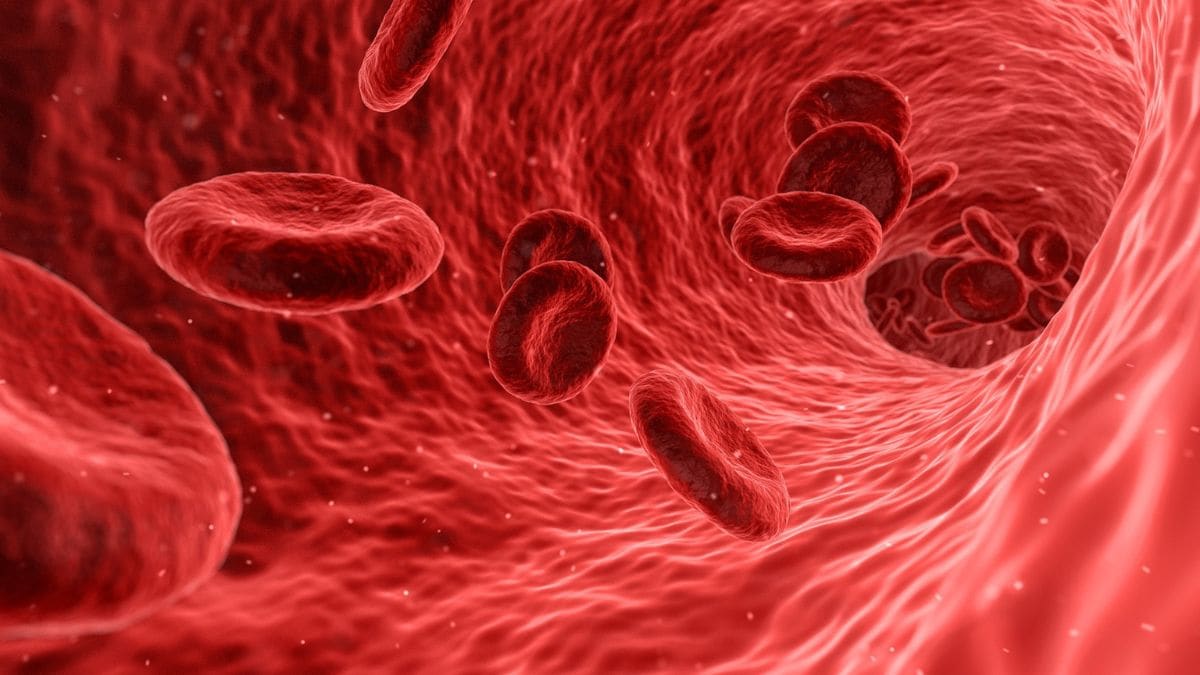
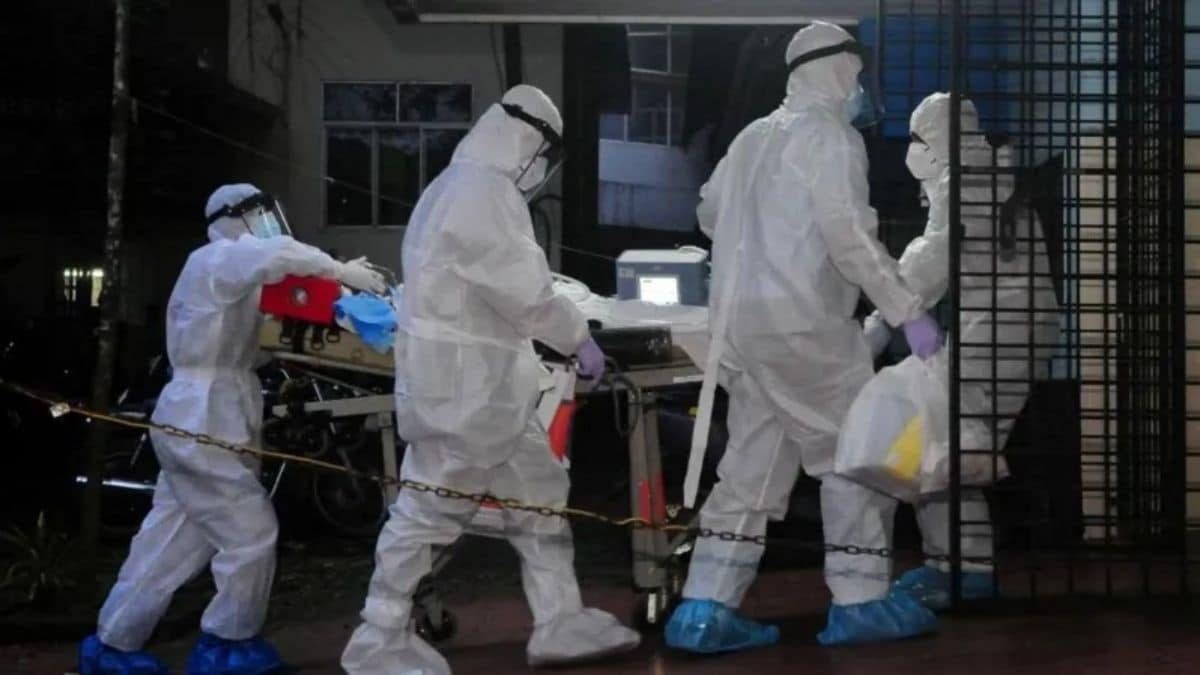
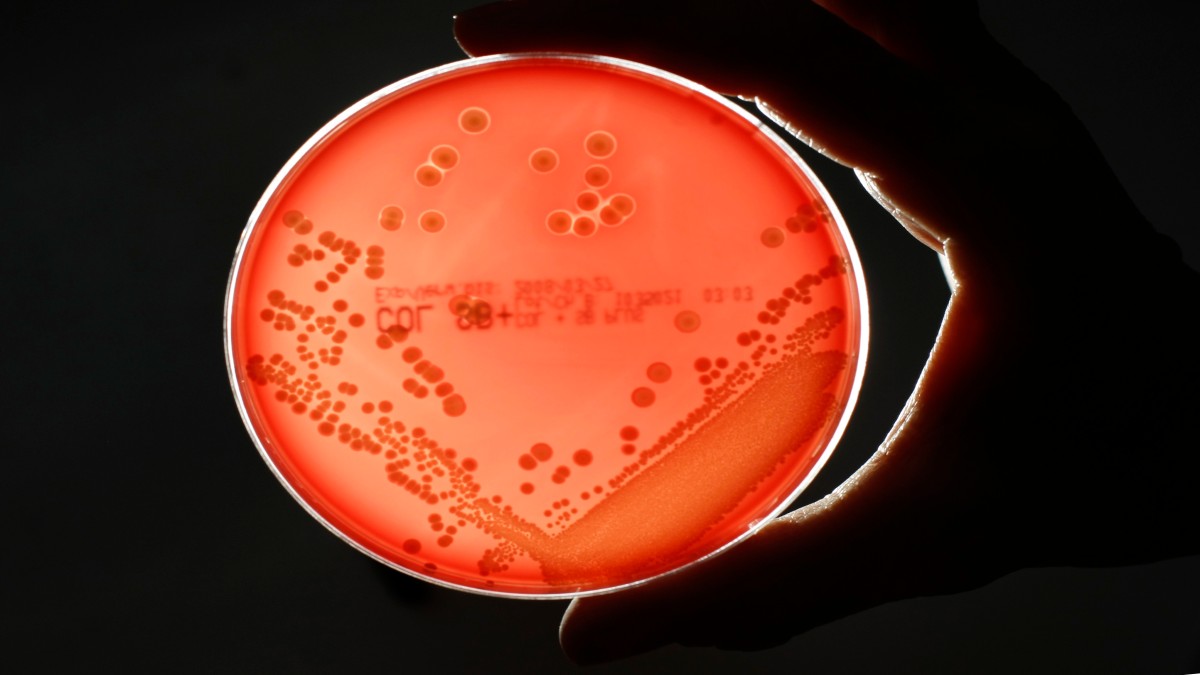
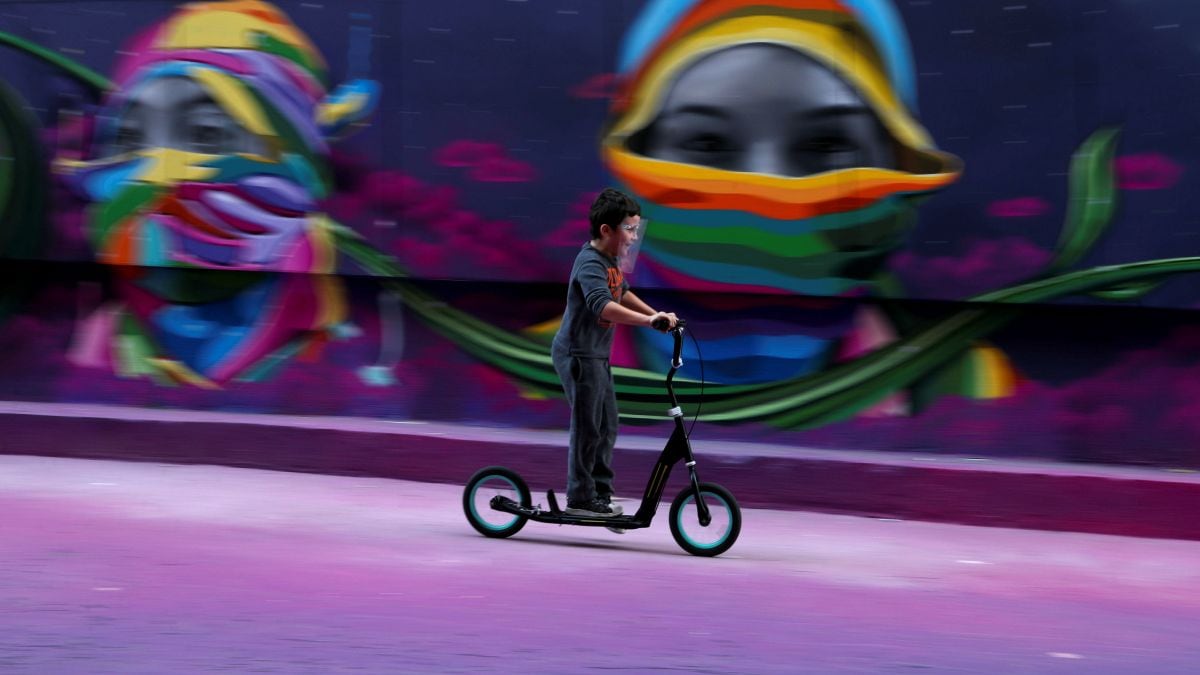




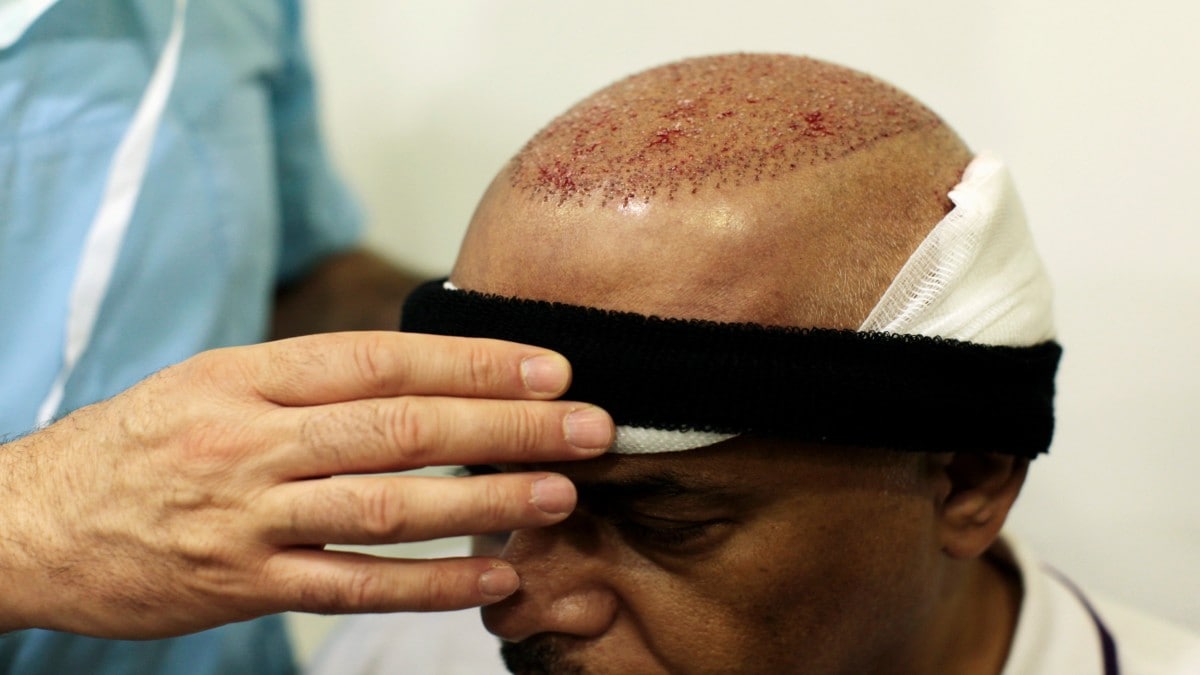





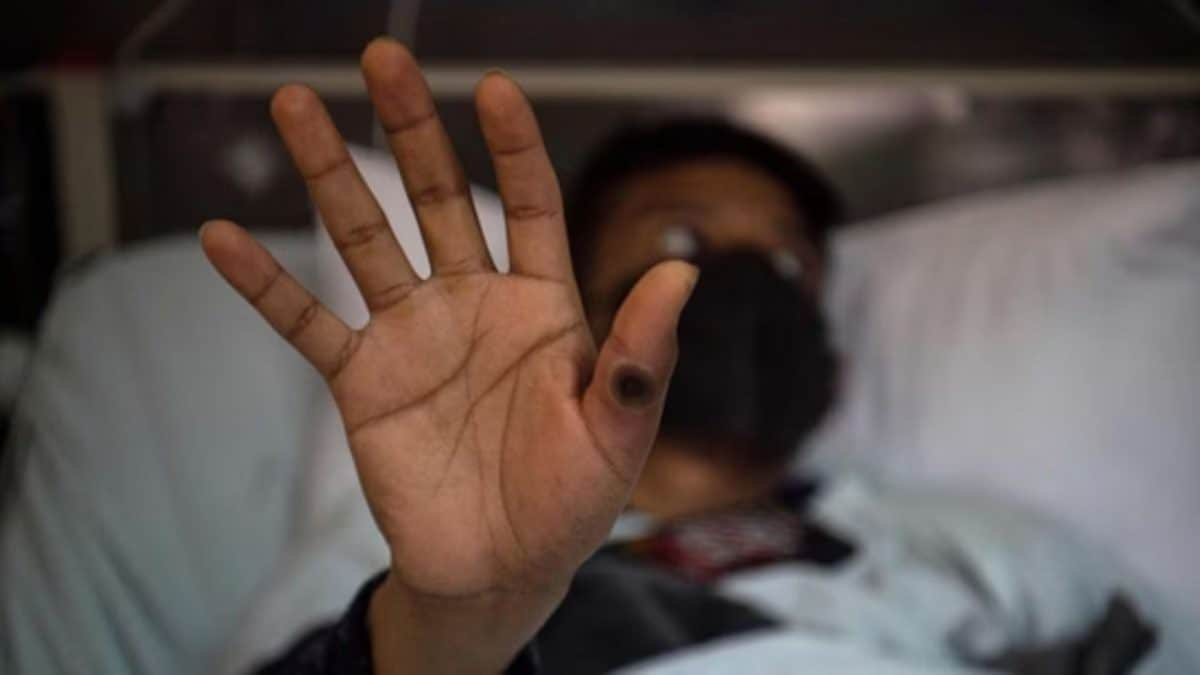
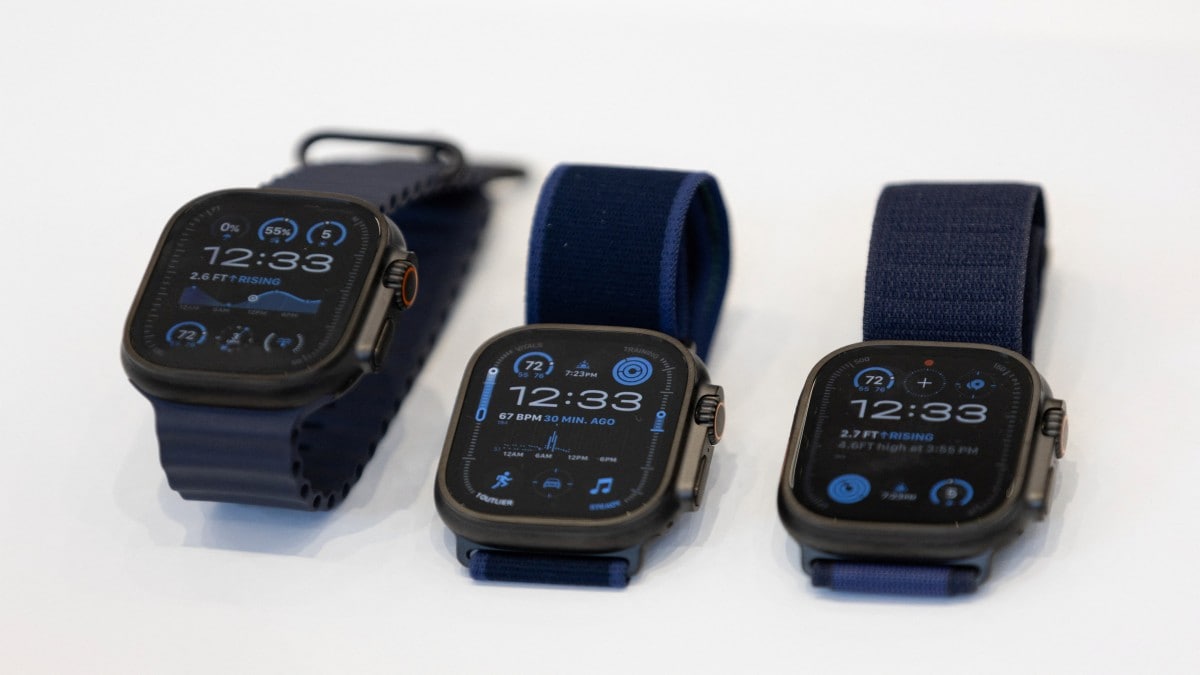

)
)
)
)
)
)
)
 English (US) ·
English (US) ·